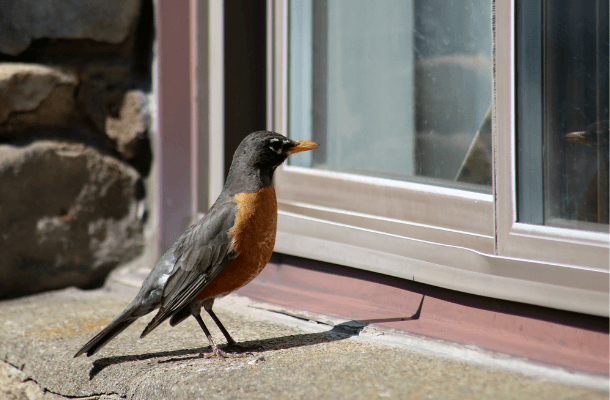When writing bird-friendly building legislation, ABC recommends starting with our Model Ordinance and Guide to Writing Legislation. In addition to focusing on the resources that we have created to help you, it can be useful to survey existing legislation and guidelines. We are listing these below.
ABC’s legislative goal is to ensure that bird-friendly building design standards are applied to as many buildings and as much glass as possible. None of the existing legislation and ordinances evaluated below goes as far as ABC’s Model Ordinance for two reasons: 1) politics require making compromises, and 2) many ordinances were modeled on early ordinances that were less stringent. Below, you will see language, common features, and the types of exemptions and restrictions that have been included in existing legislation. We hope your legislation will one day be added to this growing list.
The ordinances and codes below are split into categories based on ABC’s assessment of their overall effectiveness. Each entry has a very brief summary, and a community name is a link to the full language from the official site of the pertinent governing body. As many of the government code source documents are hundreds of pages long, here we have included only the relevant portions. If you would like to view the full text, please visit the governing bodies’ websites.
If you decide to delve into the legislation available below, we recommend reviewing the “Recommended” and “Recommended with Reservations” categories and spending less time with the “Not Recommended” section. While having any bird-friendly guidelines on the books is better than not having any, the “Not Recommended” regulations do not apply to enough buildings or enough glass and should therefore not be the basis for new guidelines. We have only included mandatory and incentivized guidelines because we have found that voluntary guidelines tend not to be followed.
We strongly believe that the most direct route to drafting a good set of guidelines is to start with the full text and definitions of the ABC Model Ordinance and modify as necessary.
In the event that you borrow language from any of the existing ordinances listed below, ABC highly recommends using the definition of bird-friendly glass (and all other definitions) found in our Model Ordinance because they provide the largest number of bird-friendly materials.




